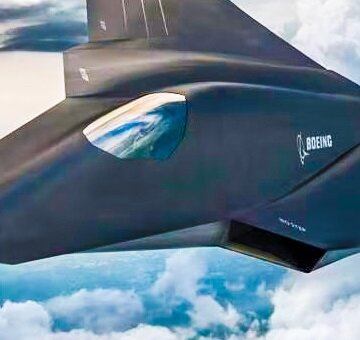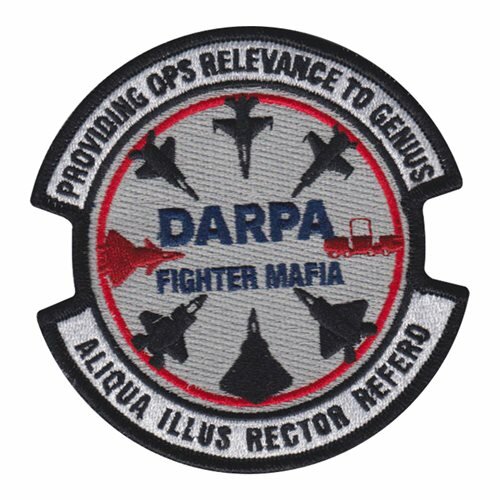totallyaverage
I really should change my personal text
- Joined
- 15 April 2018
- Messages
- 63
- Reaction score
- 141
But it hasn't been, at least not in any public discussions.
Testing of MUMT with Apache Es and MQ1Cs has shown that the current generation of drones require far too much pilot/operator input for someone to fly an aircraft and fly the drone at the same time.
So unless the current CCA designs are at a point where they require as much operator interaction as a JDAM, you're going to need a back seater to quarterback the drones while a pilot keeps the quarterback safe.
Grey Eagle isn't a CCA, it's a remotely piloted aircraft. It is at least two generations behind the state of the art, and requires near constant management in the loop control to do anything. The mission of the type also did it no favors, requiring constant positive control for counterinsurgency ISR and strike missions. This is akin to saying we couldn't possible make CEC work because Link 11 didn't have the throughput or data quality to allow it—the comparison is decades outdated.
The CCAs the Air Force and Navy are working on developing are intended to be vastly more autonomous, so the aircrew (which will probably be one individual) doesn't have to direct the aircraft to perform much of its mission. Instead they will act as extensions of the aircraft, able to employ sensors and weapons tens of kilometers from the piloted aircraft. The majority of direct control pilots will have over CCAs will likely be effectively modal—i.e. formations or EMCON modes. But for weapons employment they should be able to simply make the decision to shoot and their aircraft in concert with the CCAs will make the decision which one actually takes the shot.












